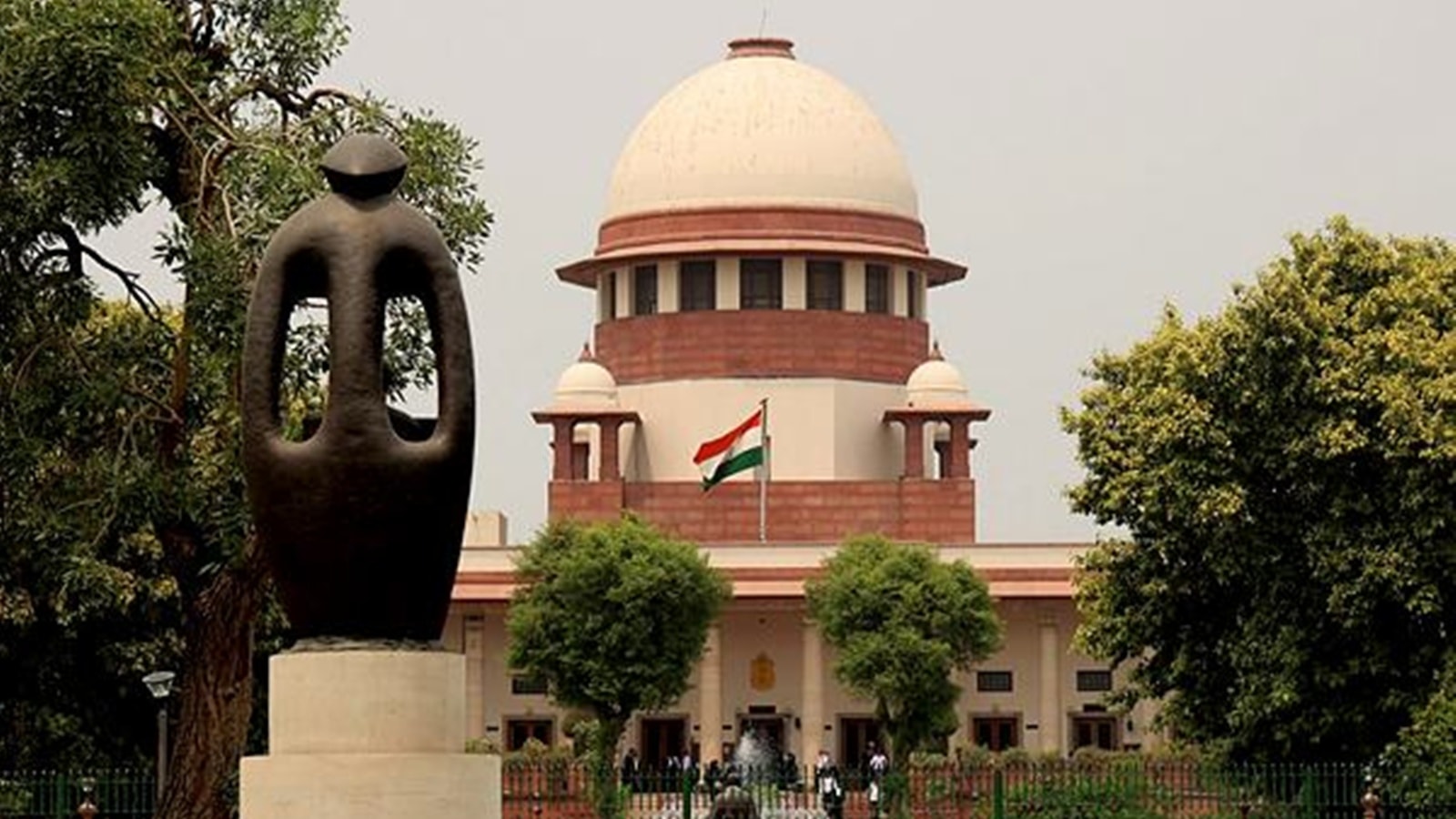 |
|
The Supreme Court of India recently delivered a significant ruling concerning a plea to hold an Urs festival at a demolished dargah in Gujarat's Gir Somnath district. The petition, filed within a contempt case against state authorities, argued that the demolition of the Pir Haji Mangroli Shah Dargah was unlawful, violating a Supreme Court order prohibiting demolitions without due process. The petitioners alleged that the demolition was a violation of their religious freedom, pointing to the dargah's historical significance and the long-standing tradition of holding the Urs festival there. They further claimed the state's denial of permission to hold the festival, citing the non-existence of the dargah, was a pretext to suppress their religious practices. The petitioners sought permission for at least 20 people to participate in a condensed, three-day Urs festival, emphasizing the importance of the event to their faith. This case highlights the complex interplay between religious freedom, property rights, and the legal framework governing demolitions in India.
The Gujarat state government, represented by Solicitor General Tushar Mehta, countered the petitioners' arguments. Mehta asserted that the demolished structures included not only the dargah but also temples that had encroached upon government land. He emphasized that there was no religious discrimination involved, stating that the demolition was part of a broader effort to remove unauthorized constructions from government property. The Solicitor General further presented evidence from a 2023 survey conducted by the Department of Archaeology, which found no evidence of a protected monument at the site. He also pointed to a state undertaking that committed to not allocating the cleared land to any third parties, including the Somnath Temple Trust, further refuting the petitioners' claims of bias. This suggests that the government viewed the action as a necessary step to reclaim public land, not a targeted effort against a particular religious community.
The crux of the legal argument centered on the interpretation of previous Supreme Court orders regarding demolitions. The court's earlier directives had exempted unauthorized constructions on railway lines, public lands, and other specified areas. The court's decision to reject the plea to hold the Urs festival stems from its interpretation of these exemptions. The justices reasoned that the current application sought relief without fully addressing the underlying contempt case, therefore, a decision on the application would be premature. This highlights the procedural aspects of the Indian judicial system, emphasizing the hierarchy of legal processes and the court's need to address broader legal issues before adjudicating specific requests. The fact that a separate petition challenging the demolitions is pending before the Gujarat High Court further complicates the matter and underscores the layered nature of the legal challenge facing the petitioners.
The case raises critical questions about the balance between preserving religious sites and enforcing land laws in India. The petitioners’ claim of a protected monument contrasts sharply with the government's assertion that the structures were unauthorized encroachments. The lack of a clear consensus on the historical and legal status of the dargah complicates the matter, highlighting the challenges of resolving disputes involving overlapping claims of religious freedom, property rights, and due process. The Supreme Court's decision to defer consideration of the Urs festival plea until the main contempt case is heard reflects the court's cautious approach to navigating these complex issues. The case underscores the need for clear guidelines and transparent processes to govern the demolition of structures, especially those with religious or historical significance, ensuring that such actions are not perceived as discriminatory or infringe on fundamental rights.
The outcome of the main contempt case will ultimately determine the legality of the demolition and potentially set precedents for future disputes involving similar situations. The case also highlights the importance of comprehensive surveys and documentation of historical sites and structures to ensure their protection and prevent future conflicts. The differing interpretations of existing regulations and the varying legal avenues available to the petitioners underscore the complexities of the Indian legal system. The Supreme Court's ruling, while seemingly procedural, reflects the delicate balance it must strike between upholding due process and protecting religious freedoms within the context of broader land management and development issues.
Source: Supreme Court denies please for holding Urs festival at razed dargah in Gir Somnath
